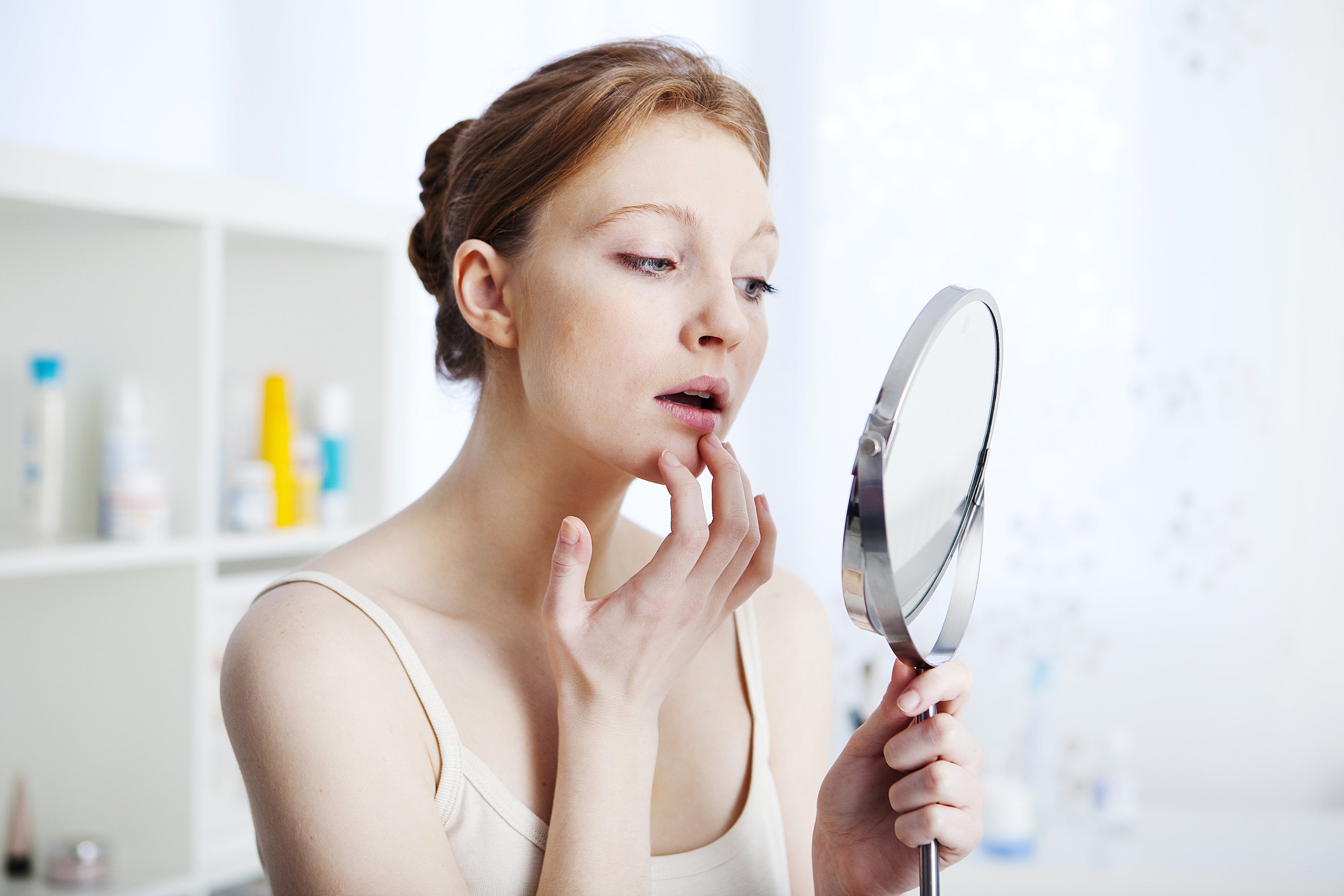
Breakup with Skin Breakouts: 5 Tips to Better Looking Skin
The Impact of Various Factors on Skin Breakouts
Skin breakouts when it’s out of balance. Everything you eat, stress, hormones, medications, smog, the makeup and skincare you use, even the household products you clean with can throw skin off its game.
Considering that your body absorbs 60% of what you put on it, it’s important to know the truth about what you’re buying and how it triggers skin breakouts.
These tips can get you back on track:
1. Know your Ingredients
Many personal care products contain pore-clogging ingredients like mineral oil, lanolin, wax, tallow, and cholesterol. Also, these low-cost lipids, often derived from animals or petroleum, can clog pores. Even products labeled as non-comedogenic can have these ingredients, so read the labels before you buy and apply!
2. Choose Clean Formulations
These are cosmetic and personal care formulas made with no known toxins or carcinogens. There’s increasing proof that toxic or carcinogenic chemicals are linked to infertility, birth defects, reproductive challenges, learning disabilities, an increased risk of cancer, skin allergies and more. Does that mean products with clean formulas don’t have preservatives or chemicals? No. It means the formulas don’t have any ingredients known to be or suspected of being harmful to people. This info graphic from mindbodygreen.com offers a great snapshot for what to avoid.
3. Acne or not?
All skin with acne (a medical condition) experiences breakouts, but not all breakouts are acne-related. Also, you can have breakouts from stress, hormones, diet, medications, skin care products, hair care products, makeup, perfume, laundry detergent—none of which are an indication of acne. Non-acne breakouts are triggered by or managed through lifestyle choices. If you treat breakouts as if they are acne, you can actually make damage your skin and cause premature aging. Only a doctor or esthetician can tell you for sure whether you have acne or are simply experiencing product- or lifestyle-related breakouts.
4. Oil is your Friend
Skin naturally produces oil, which is essential to healthy skin. Take it away, and skin can produce even more oil, which can lead to skin breakouts. We know how backwards that sounds: oily skin needs more oil, not stripping away of the oil it keeps trying to make. Dry skin needs even more oil so it can look fresh and hydrated. Keep in mind that not all oils are made equally. Know the difference between good oil and bad oil. Bad oils, such as lanolin, mineral oil or any other petro-chemical based lipids don’t offer any real extra benefit to the skin. We love this list of good oils from PopSugar.com that highlights jojoba, marula, argan, coconut, olive and avocado oil, among others.
5. Wear a Makeup Primer!
They not only help makeup last longer, but they can provide a protective barrier to the skin. Dimethicone is a popular ingredient in most makeup primers because it offers a smoothing effect, but it also aggravates acne and sensitive skin. If you want a makeup primer that won’t damage or trigger skin breakouts, try Emani’s Perfect 10 Serum.
Bonus tip!
6. Wash your Brushes
According to Women’s Health magazine, the build up of cosmetics, bacteria and yeast in makeup brushes can contribute to skin breakouts. It’s recommended to wash them once a week to ensure they stay clean and fresh. Here’s how pro makeup artists do it:
- Rinse the brushes in warm water and add a drop of very mild hand-soap.
- Massage into a lather, then rinse until water is clear.
- Repeat as needed for brushes that are extra dirty or used for darker pigments (such as eye shadow, brows and blush).
- Gently squeeze out excess water, then lay flat to dry on a towel, preferably overnight.
Conclusion
Use products with clean formulas and you’ll most likely see an improvement in your skin. There may be a transition period as your skin detoxes as its restores the natural balance, but it’s temporary…and worth it!
Please visit www.emani.com for more information about how to go green with your glam.






